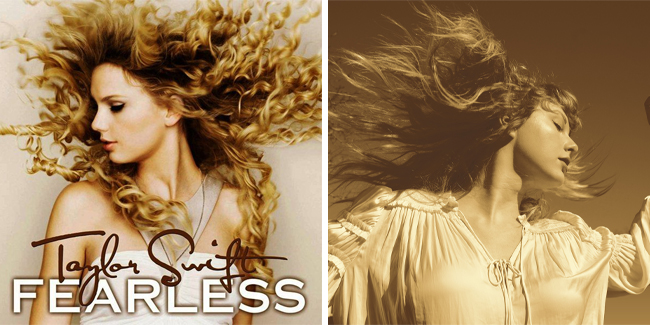Originally published on Substack here.
Dialogue is a community and newsletter on accelerating technological, industrial and scientific progress. We bring you perspective and insights by builders, investors and policy makers pushing the frontier forward. You can expect:
• Curated reading, market analysis and deep dives
• Latest companies, initiatives we’re paying attention to
• Upcoming events and job opportunities
For Season 1, we dove into America’s workforce shortage.
It’s common knowledge now that one of the core challenges to advancing industrial progress is a shortage of workers. We have over 11 million job openings but only 6 million unemployed workers. This month, we set about to answer one question: how can we reinvigorate our workforce?
We kicked off a workshop series with founders, experts, and policy makers to find ways to combat a multi-decade decline in trade school graduation and the cultural shift away from physical labor.
Two takeaways:
1. Ford stands as a model for innovating on recruiting and retaining workers — by atomizing the work via the assembly line and paying workers a higher wage, contributing to the rise of the middle class.
2. Automation is good but we still need workers. With workers flocking to Amazon, how can we make industrial work attractive? One idea is to create national heroes out of the real-life marine diesel technicians, solar installers, automotive paint specialists, machinists — all jobs that exist. Industrial work is cool, actually.
What we’re reading: Recruiting the New Industrial Base / Made in the USA / How Technology Grows
Up next: In the 1970s, America went on a big energy diet and that was bad for industrial progress. Our next series will explore how to create an energy abundant future – maybe then we’ll finally get the flying cars and sci-fi future we were promised. We’re curating a few upcoming events with some exciting partners, so lots more to come.
Thrilled to be joined our community members for Dialogue July 2022
Andrew Brackin — Co-founder & CRO, Vial
Ankur Nagpal — Founder, Teachable
Art Chang — Founder & CEO, Allie
Athena Kan — CEO, Dreambound
Gordon Wintrob — Co-founder & CTO, Newfront
Kirtan Patel — Co-founder & CEO, Sama
Michael Lai — Founder & CEO, Tinycare
Nick deWilde — Co-founder, Invisible College
Nick Perry — Co-founder & CEO, Candid Health
Nitin Gupta — Head of Benchmarking, Pave
Oliver Hsu — Partner, a16z American Dynamism
Sam Steyer — Co-founder & CEO, Greenwork
Sander Daniels — Founder, Groombuggy, Thumbtack
Scott Gorlick — Founder, Angel Investor
Sean Linehan — Co-founder & CEO, Placement
Tade Oyerinde — Founder & CEO Campus
The Dialogue community is a space to generate high-quality ideas, beginning with consuming high quality ideas. Who is the most exceptional person you know? Share this to nominate them and stay up to date with us on Twitter.




